Milena Filipovic
Modeling Online Behavior in Recommender Systems: The Importance of Temporal Context
Sep 19, 2020
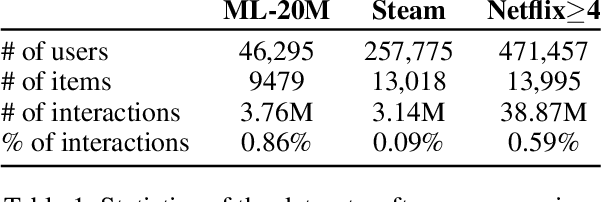

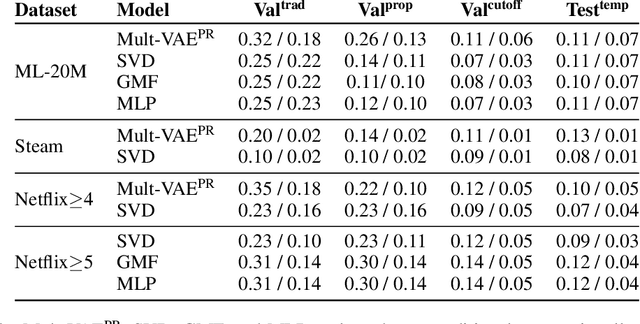
Abstract:Simulating online recommender system performance is notoriously difficult and the discrepancy between the online and offline behaviors is typically not accounted for in offline evaluations. Recommender systems research tends to evaluate model performance on randomly sampled targets, yet the same systems are later used to predict user behavior sequentially from a fixed point in time. This disparity permits weaknesses to go unnoticed until the model is deployed in a production setting. We first demonstrate how omitting temporal context when evaluating recommender system performance leads to false confidence. To overcome this, we propose an offline evaluation protocol modeling the real-life use-case that simultaneously accounts for temporal context. Next, we propose a training procedure to further embed the temporal context in existing models: we introduce it in a multi-objective approach to traditionally time-unaware recommender systems. We confirm the advantage of adding a temporal objective via the proposed evaluation protocol. Finally, we validate that the Pareto Fronts obtained with the added objective dominate those produced by state-of-the-art models that are only optimized for accuracy on three real-world publicly available datasets. The results show that including our temporal objective can improve recall@20 by up to 20%.
Momentum-based Gradient Methods in Multi-objective Recommender Systems
Sep 10, 2020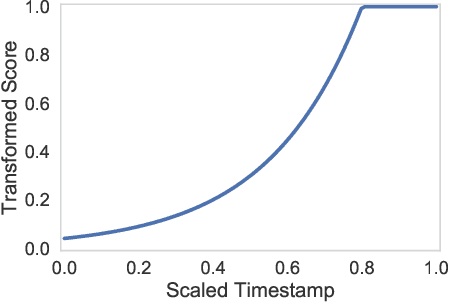
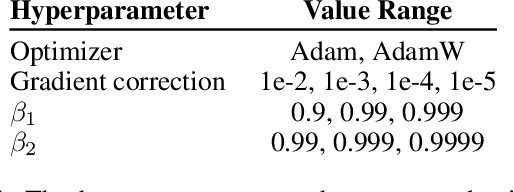
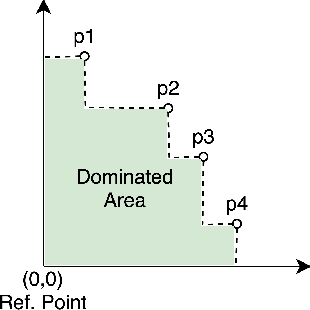

Abstract:Multi-objective gradient methods are becoming the standard for solving multi-objective problems. Among others, they show promising results in developing multi-objective recommender systems with both correlated and uncorrelated objectives. Classic multi-gradient descent usually relies on the combination of the gradients, not including the computation of first and second moments of the gradients. This leads to a brittle behavior and misses important areas in the solution space. In this work, we create a multi-objective Adamize method that leverage the benefits of the Adam optimizer in single-objective problems. This corrects and stabilizes the gradients of every objective before calculating a common gradient descent vector that optimizes all the objectives simultaneously. We evaluate the benefits of Multi-objective Adamize on two multi-objective recommender systems and for three different objective combinations, both correlated or uncorrelated. We report significant improvements, measured with three different Pareto front metrics: hypervolume, coverage, and spacing. Finally, we show that the Adamized Pareto front strictly dominates the previous one on multiple objective pairs.
 Add to Chrome
Add to Chrome Add to Firefox
Add to Firefox Add to Edge
Add to Edge